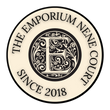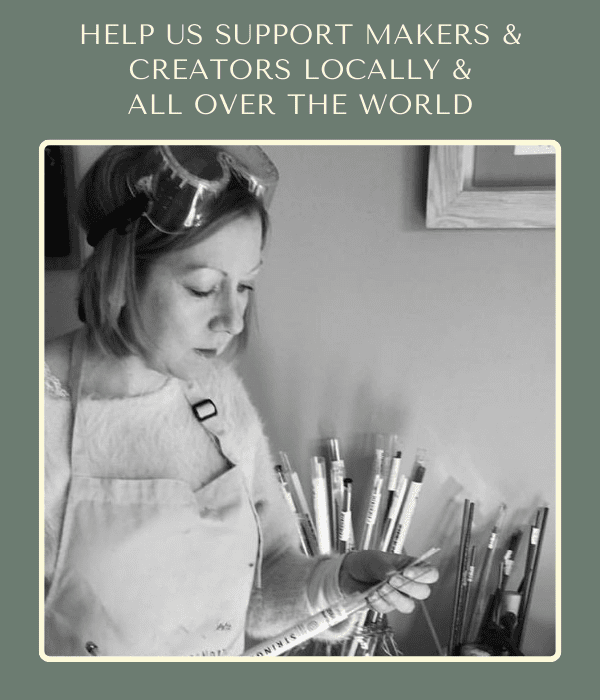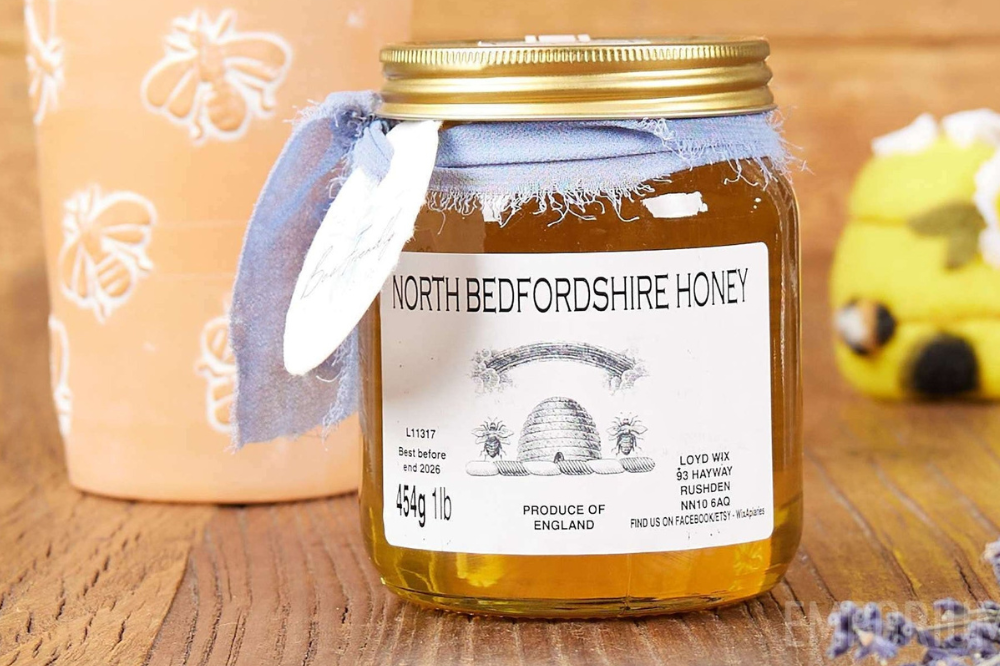Understanding Honey's Diverse Colours
Honey, nature's liquid gold, has long captivated us with its sweetness and depth of flavour. But beyond its taste, the colour of honey is a tapestry woven from the environment in which its creators, the bees, thrive. At The Emporium, nestled in the heart of Wellingborough, we take pride in offering honey sourced from the serene villages around the north of Bedfordshire. Here, the honey's colour spectrum ranges from the palest golds to the deepest ambers, each shade telling a story of its floral origins and the journey of the bees that made it.
Why Does Honey Colour Vary?
The colour of honey is directly influenced by the types of flowers from which bees collect nectar. This nectar, combined with the bees' enzymes, undergoes a transformation within the hive, culminating in the creation of honey. The primary determinant of honey's colour is the specific floral sources available to the bees. For example, honey made from the nectar of clover blossoms tends to be light in colour, while that derived from buckwheat flowers can be dark brown.
Moreover, the location and season play critical roles in determining the colour of honey. Seasonal variations affect floral blooms, thus influencing the nectar's availability and subsequently the hue of the honey produced. In the villages north of Bedfordshire, the changing seasons bring different flowers into bloom, offering a palette of nectar for the bees. This results in the varying colours of honey throughout the year, reflecting the rich biodiversity of the area.
Pollens and Their Influence on Honey's Hue
The pollen that bees gather can also affect the colour of honey, albeit indirectly. While nectar is the main ingredient of honey, pollen collected by bees during their foraging trips can alter its characteristics, including colour. Darker pollens, for instance, can contribute to a richer hue in the honey, whereas lighter pollens might not significantly change its colour.
Some of the common floral sources in the north of Bedfordshire and their impact on honey colour include:
- Clover: Clover honey is one of the most popular types, known for its light colour and mild flavour. The vast meadows and pastures in Bedfordshire are often dotted with clover, making it a significant nectar source for local bees.
- Rapeseed: The bright yellow fields of rapeseed are not just a sight to behold; they produce a very light, almost white honey. This variety crystallises quickly due to its high glucose content.
- Lime Trees: The nectar from lime trees results in a honey that is light to medium amber, with a distinctive fresh, woody flavour. Lime trees are prevalent in some areas around Bedfordshire, contributing to the diversity of local honey.
- Chestnut: Chestnut trees produce a darker, richly flavoured honey. Its strong taste and darker colour are indicative of the nectar's unique properties, offering a bold option for honey enthusiasts.
The colour of honey not only hints at its origin but also at its flavour profile and potential health benefits. Lighter honey tends to be milder in taste, making it a versatile sweetener, while darker honey, with its robust flavour, is often sought after for its higher antioxidant content.
At The Emporium, we celebrate the diversity of honey, embracing the myriad shades and flavours offered by our local Bedfordshire villages. Each jar of honey is a testament to the unique landscape and the tireless work of bees. By choosing local honey, you're not just indulging in a natural sweetener; you're embarking on a sensory journey through the flora of our region and supporting the intricate ecosystem that makes it all possible.
As we continue to explore and offer the finest local honey, we invite you to discover the varying colours and tastes that nature provides. From the light, delicate whispers of spring to the deep, rich tones of autumn, every jar tells a story of nature's bounty and the incredible labour of our bees.



